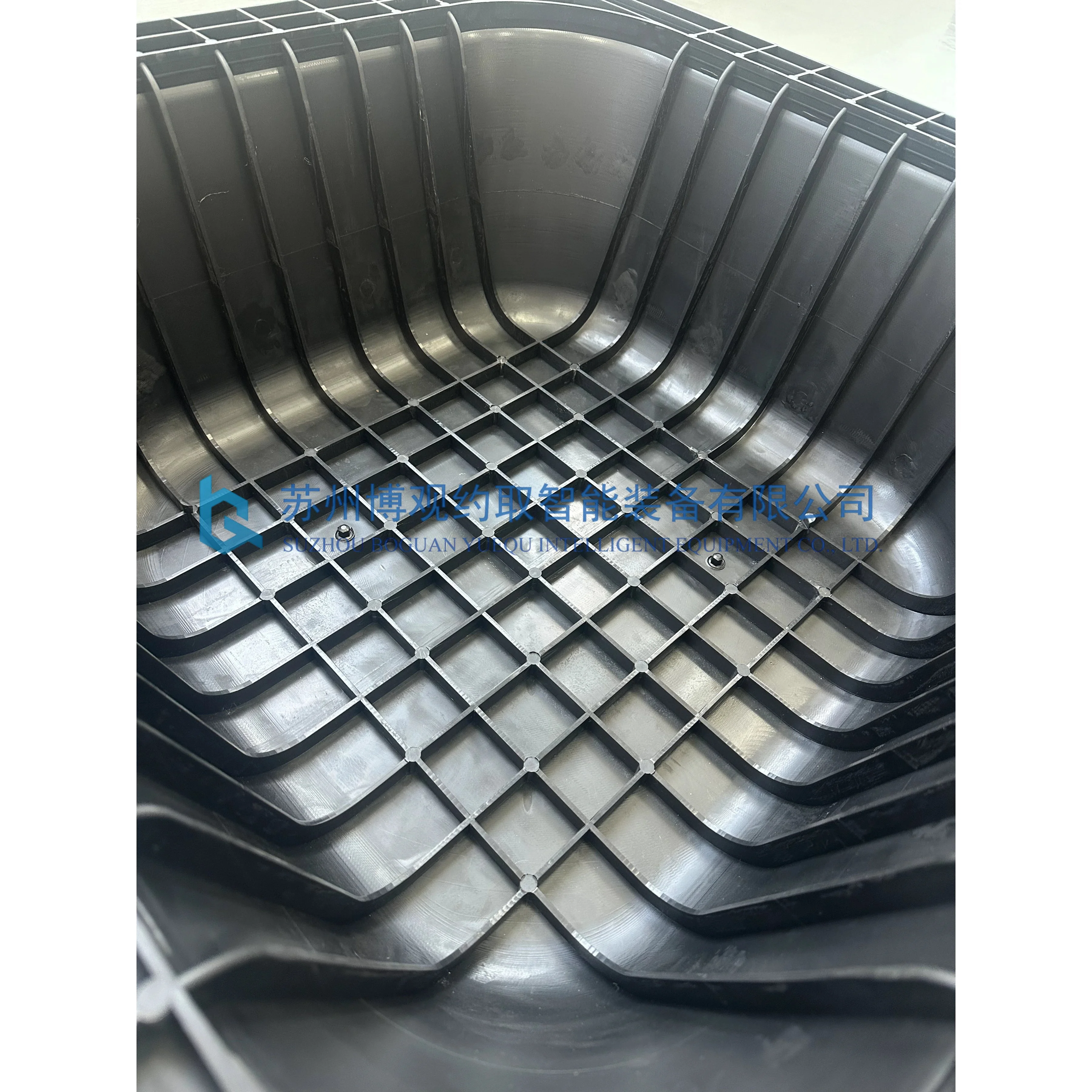When it comes to home improvement and construction, one often overlooked aspect is the ceiling. While most people focus on aesthetics, lighting, and insulation, the structural integrity of ceiling tiles is equally important, especially when considering their ability to support weight. This article delves into the critical question: Can ceiling tiles support weight? We will explore the types of ceiling tiles, their load-bearing capacities, installation considerations, and practical applications, providing homeowners and contractors with the knowledge they need to make informed decisions.
Understanding Ceiling Tiles
Ceiling tiles are a popular choice for both residential and commercial spaces due to their versatility, ease of installation, and aesthetic appeal. They come in various materials, including mineral fiber, metal, and PVC, each with distinct properties. Understanding these materials is crucial for assessing their weight-bearing capabilities.
- Mineral Fiber Tiles: Commonly used in commercial settings, these tiles are lightweight and designed primarily for acoustic control. While they can enhance sound quality, they are not intended to bear significant weight.
- Metal Tiles: Known for their durability and modern appearance, metal ceiling tiles can support more weight than their mineral fiber counterparts. However, the specific load-bearing capacity depends on the thickness and type of metal used.
- PVC Tiles: These tiles are lightweight and resistant to moisture, making them suitable for areas prone to humidity. While they offer aesthetic benefits, their load-bearing capacity is limited.
Load-Bearing Capacity of Ceiling Tiles
The load-bearing capacity of ceiling tiles is influenced by several factors, including the type of tile, the grid system used for installation, and the overall structural integrity of the ceiling.
- Tile Specifications: Each type of ceiling tile has a specified weight limit, often outlined by the manufacturer. It is essential to consult these specifications before attempting to hang any objects from the ceiling.
- Grid System: The grid system that supports the tiles plays a crucial role in weight distribution. A standard T-bar grid system can typically support a modest amount of weight, but it is vital to ensure that the grid is installed correctly and is in good condition.
- Structural Integrity: The underlying structure of the ceiling, including joists and beams, must also be considered. If the ceiling is not designed to support additional weight, even the sturdiest tiles may fail.
Practical Applications and Considerations
When contemplating whether ceiling tiles can support weight, it is essential to consider the intended application. Here are some practical scenarios:
- Hanging Fixtures: Light fixtures, fans, and decorative elements can often be hung from ceiling tiles, provided that the weight does not exceed the tile and grid system's capacity. Always use appropriate anchors and consult a professional if unsure.
- Storage Solutions: While some homeowners may consider using ceiling tiles for storage, this is generally not advisable. The risk of tiles collapsing under weight can lead to damage and safety hazards.
- Acoustic Panels: For those looking to enhance sound quality, acoustic panels can be added to ceiling tiles. However, it is crucial to ensure that the total weight remains within safe limits.
Conclusion
In summary, while some ceiling tiles can support weight, the extent to which they can do so varies significantly based on the type of tile, the grid system, and the overall structural integrity of the ceiling. Homeowners and contractors must conduct thorough research and adhere to manufacturer guidelines to ensure safety and functionality. If in doubt, consulting with a structural engineer or a qualified contractor is always the best course of action. By understanding the capabilities and limitations of ceiling tiles, you can make informed decisions that enhance both the beauty and safety of your space.


